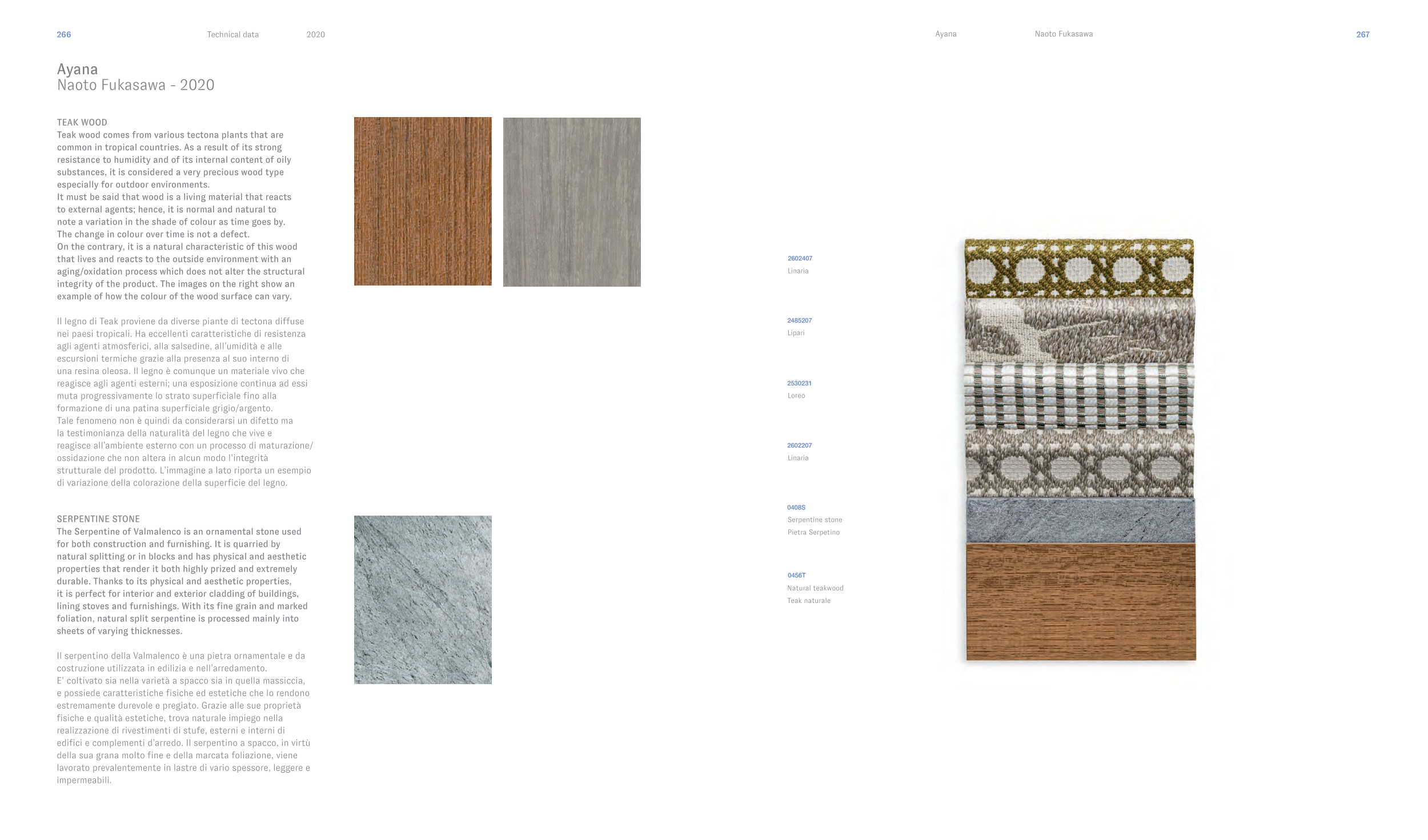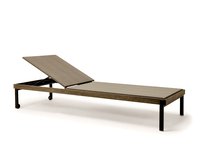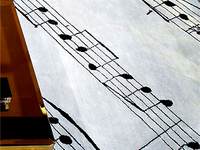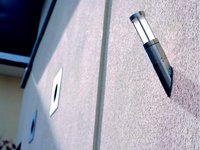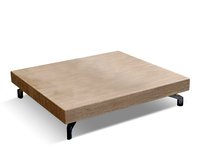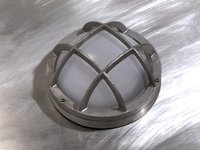Technical data
2020
267
266
SERPENTINE STONE
The Serpentine of Valmalenco is an ornamental stone used
for both construction and furnishing. It is quarried by
natural splitting or in blocks and has physical and aesthetic
properties that render it both highly prized and extremely
durable. Thanks to its physical and aesthetic properties,
it is perfect for interior and exterior cladding of buildings,
lining stoves and furnishings. With its fine grain and marked
foliation, natural split serpentine is processed mainly into
sheets of varying thicknesses.
Il serpentino della Valmalenco è una pietra ornamentale e da
costruzione utilizzata in edilizia e nell’arredamento.
E’ coltivato sia nella varietà a spacco sia in quella massiccia,
e possiede caratteristiche fisiche ed estetiche che lo rendono
estremamente durevole e pregiato. Grazie alle sue proprietà
fisiche e qualità estetiche, trova naturale impiego nella
realizzazione di rivestimenti di stufe, esterni e interni di
edifici e complementi d’arredo. Il serpentino a spacco, in virtù
della sua grana molto fine e della marcata foliazione, viene
lavorato prevalentemente in lastre di vario spessore, leggere e
impermeabili.
Ayana
Naoto Fukasawa - 2020
TEAK WOOD
Teak wood comes from various tectona plants that are
common in tropical countries. As a result of its strong
resistance to humidity and of its internal content of oily
substances, it is considered a very precious wood type
especially for outdoor environments.
It must be said that wood is a living material that reacts
to external agents; hence, it is normal and natural to
note a variation in the shade of colour as time goes by.
The change in colour over time is not a defect.
On the contrary, it is a natural characteristic of this wood
that lives and reacts to the outside environment with an
aging/oxidation process which does not alter the structural
integrity of the product. The images on the right show an
example of how the colour of the wood surface can vary.
Il legno di Teak proviene da diverse piante di tectona diffuse
nei paesi tropicali. Ha eccellenti caratteristiche di resistenza
agli agenti atmosferici, alla salsedine, all’umidità e alle
escursioni termiche grazie alla presenza al suo interno di
una resina oleosa. Il legno è comunque un materiale vivo che
reagisce agli agenti esterni; una esposizione continua ad essi
muta progressivamente lo strato superficiale fino alla
formazione di una patina superficiale grigio/argento.
Tale fenomeno non è quindi da considerarsi un difetto ma
la testimonianza della naturalità del legno che vive e
reagisce all’ambiente esterno con un processo di maturazione/
ossidazione che non altera in alcun modo l’integrità
strutturale del prodotto. L’immagine a lato riporta un esempio
di variazione della colorazione della superficie del legno.
Ayana
Naoto Fukasawa
Loreo
2485207
Lipari
2530231
Linaria
2602207
Serpentine stone
Pietra Serpetino
0408S
Natural teakwood
Teak naturale
0456T
2602407
Linaria


